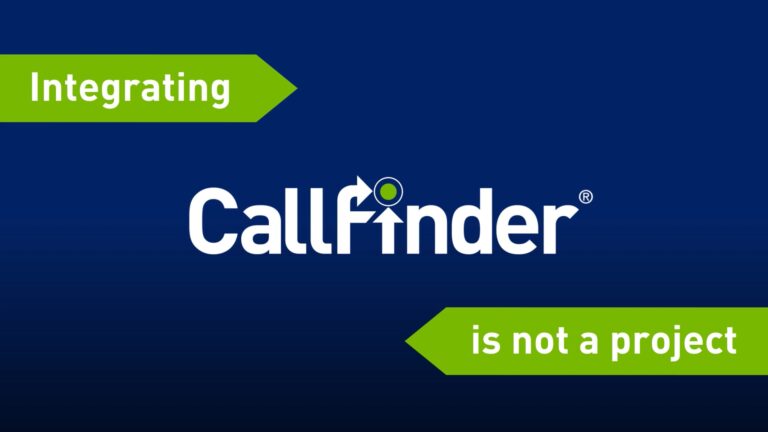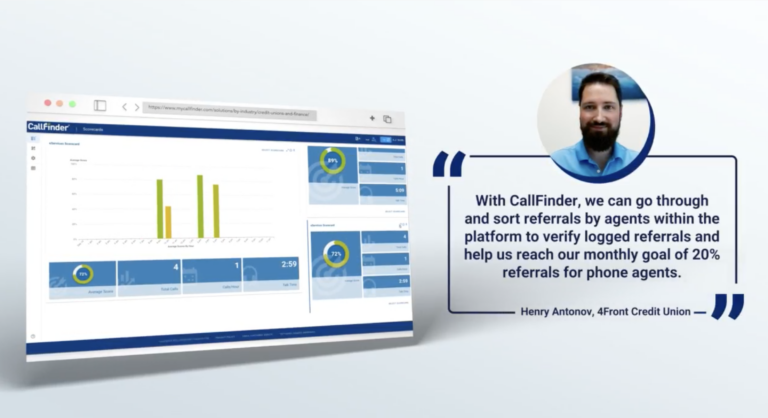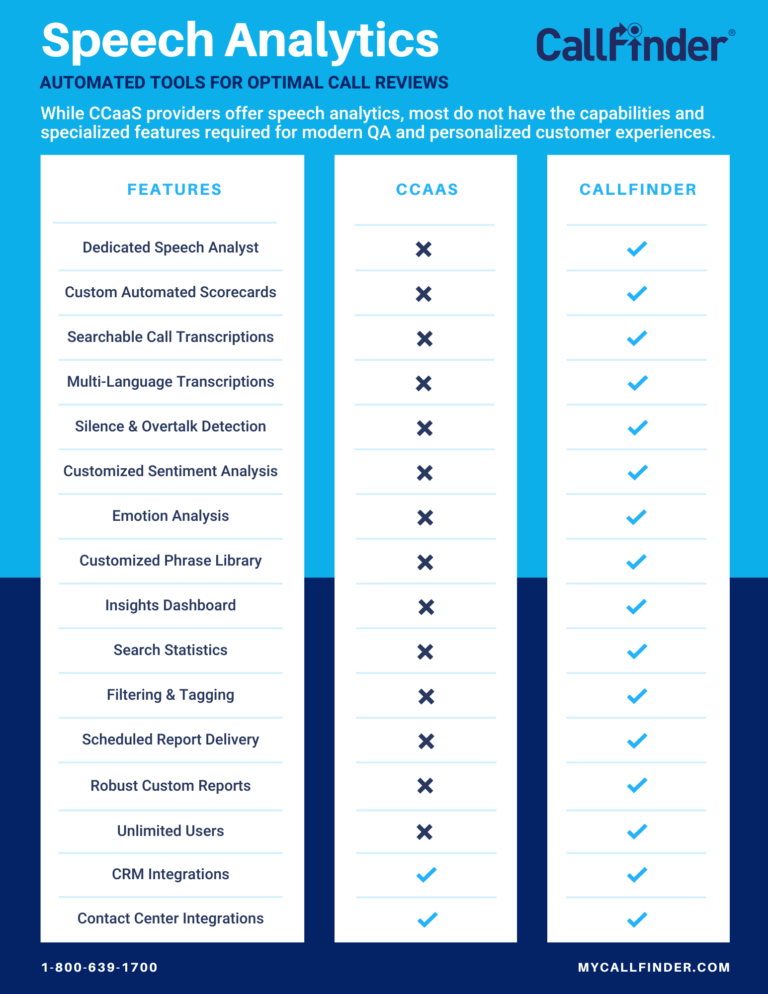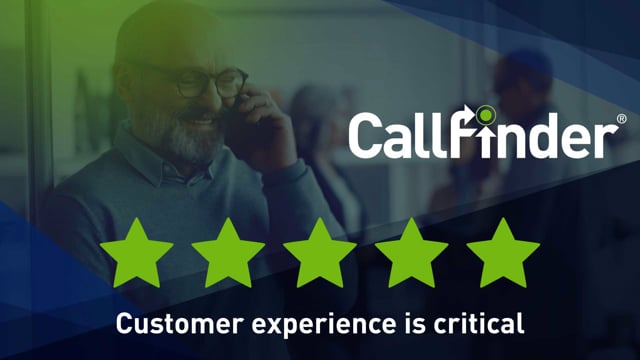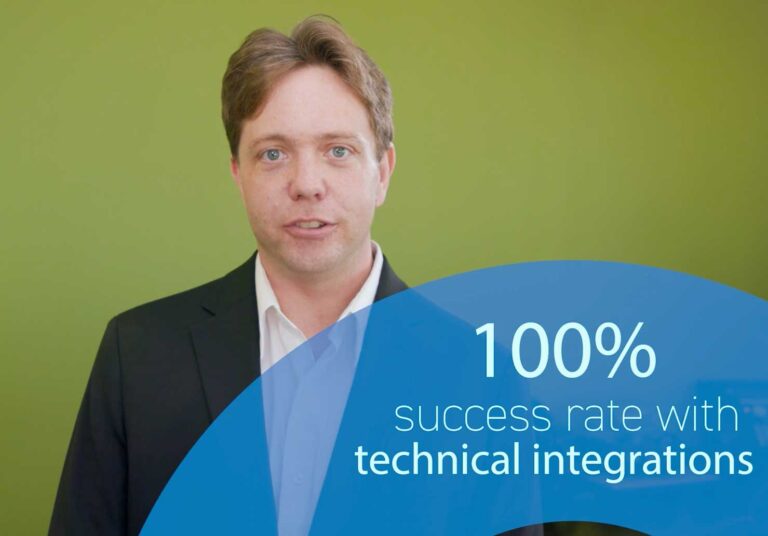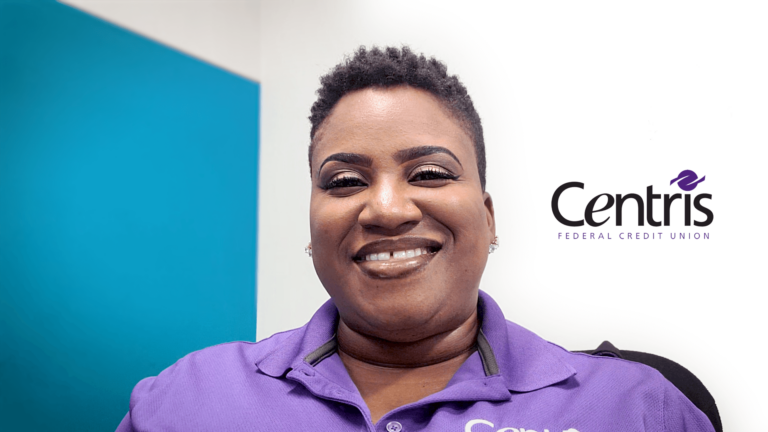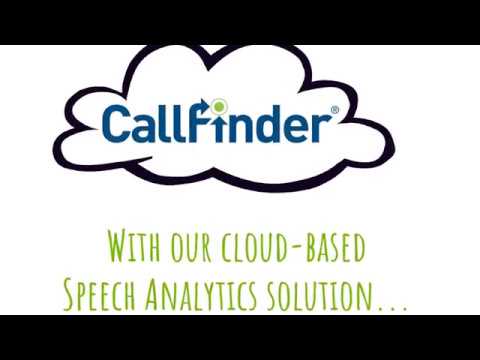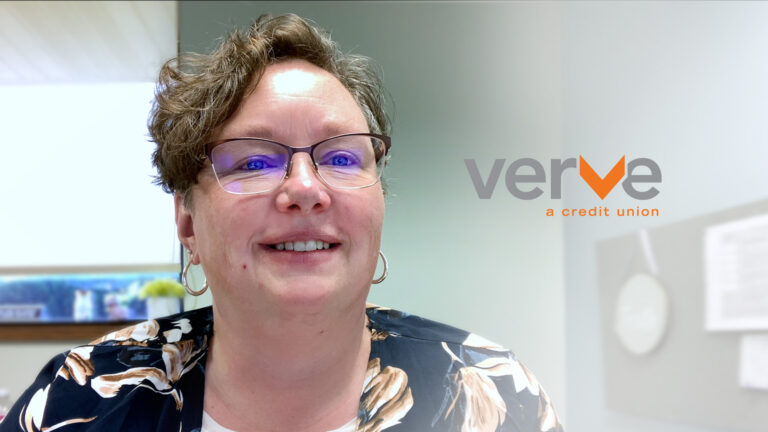Evaluating Speech Analytics Solutions
Like any major software investment, purchasing a speech analytics solution will involve an evaluation of features and a careful cost analysis. Companies should first devote some time to understanding how this technology will be leveraged. Will it be used to ensure script compliance, enhance customer service, improve agent performance, optimize marketing and ad spend, or all of the above?
Once you determine how your company will use speech analytics, it’s time to start comparing vendors. And there are some things SA vendors won’t always tell you. Here are 5 things no one tells you about speech analytics.
1. It will never be 100% accurate
Anyone who tells you otherwise is lying, or some kind of wizard. At best, any speech analytics solution on the market can reach accuracy rates up to 90%. Rarely will you find anything higher than that. And there are a few reasons for this.
First of all, the quality and diversity of the initial sample set of calls you provide during the onboarding process will significantly impact the accuracy rates of your results. This is why it is important to work with a vendor that provides a reliable implementation team to identify common phrases while setting up keyword search phrases. A reputable vendor will recommend that you provide an initial audio sample that includes multiple agents, across different days of the week and times of day.
It is also important to keep in mind that there are many factors outside of vendor’s control that will affect accuracy, including the following:
- Quality of the audio recordings
- Speaking pace and/or regional accents
- Slurring and over-talking
- Background noise and quality of equipment (e.g. headsets, recording devices, etc.)
Even if you record your agent calls in an ideal environment using the highest quality equipment, there will always be a margin of error simply because no technology is 100% perfect.
2. Sentiment analysis isn’t the same as tone (not, really)
Also known as Voice Analytics, sentiment analysis is a feature that can be confusing to users. Sentiment analysis is a feature that picks up on the sentiment of what’s said during recorded conversations. However, tone of voice is a nuance that you cannot detect on its own. For the most accurate results, it’s best to use sentiment analysis with emotion detection.
For example, let’s say your agent says one of the following phrases in the friendliest tone possible:
- “Let me transfer you to someone who can handle your specific issue.”
- “I’m sorry, I don’t have access to your account.”
- “I’m afraid I’m not authorized to handle this type of situation.”
- “Thanks for getting me up to speed. Now, you’ll just need to speak with…”
Those examples include words that typically indicate a negative sentiment, or at least that the call isn’t going well. This includes words like “transfer,” “sorry,” “not authorized,” or even, “need to speak with.” Taken out of context, those phrases may sound negative, but emotion detection provides the context that lets you know if you need to dig further into those calls.
Some Additional Notes on Sentiment Analysis
Sentiment analysis and emotion detection should be part of a larger effort to determine whether or not the agent handled the call successfully. While your agent may have said any of the sample phrases listed above in a polite, professional manner, the agent still hasn’t resolved the issue. Many companies struggle with a call center culture that avoids helping callers at the first entry point. Needlessly handing customers off to another agent or department is one of the biggest customer complaints.
With proper searches and indexing, a speech analytics solution can detect keywords, such as “transfer” or “need to speak with” or “I can’t help you with,” which are all subtle phrases that continue this culture. So, sentiment analysis provides a more nuanced approach to reviewing calls. But keep in mind that it should be part of a comprehensive solution to understanding call outcomes and agent behavior. (See “Voice Analytics Vs. Speech Analytics: Key Differences” to learn more.)
3. You shouldn’t have to devote half of your IT staff to run the software
Your speech analytics software should be easy enough for anyone at your company to use. Having a user-friendly, cloud-based dashboard and easy-to-use platform is essential to the success of your solution. No technical expertise required. Period.
That being said, your solution should include onboarding and ongoing technical support. Your vendor should provide a team of speech analytics experts to provide support throughout the implementation process, free of charge. Yes, that’s correct. If you are paying for implementation assistance, you’re already paying too much.
Even if your vendor offers built-in Phrase Libraries designed for your industry, those searches should still be tuned for your specific markets, products and customers. Your solution will still require some refining and a results assessment process for your searches. These refinements will ultimately impact to your scorecards.
Therefore, fine-tuning search phrases and confidence levels during implementation is critical to achieving your goals for the solution. And you should be able to rely on your vendor’s speech analytics onboarding team to orient you to the process. A quality SA solution will have the support designed to assist you with this process from the discovery through the implementation phases.
4. There are often costly hidden fees with little to no ROI
Most speech analytics solutions include a range of key features, such as automated call categorization, reporting, call scoring, etc. While these features are important, evaluating a speech analytics solution should also focus on the benefits that are relevant to your business.
These can include intuitive design, easy-to-understand reports, reliability, accuracy, and of course the cost. An expensive speech analytics solution that includes only basic features and none of the benefits important to your business will not achieve the expected returns. That’s why it’s important to think about what those benefits are, and to look for hidden costs.
When comparing solutions, ask the following questions:
- Does it provide full support during onboarding and training?
- Is the per-hour charge for analyzing recordings low?
- Is there a per-seat license cost?
- Does it require your own IT resources to operate?
- Is there a capital expense for licenses or software?
The answers to those questions should be as follows:
- Yes
- Yes
- No
- No
- No
To get the best ROI on speech analytics software, know what features are most important to your business, and whether the results are worth the overall investment.
5. Always have a plan to strategically leverage the data
One of the biggest mistakes companies make when purchasing a speech analytics solution is not knowing exactly what they want to achieve with the software. As mentioned in the introduction, it’s important to understand how your company will use the software—gaining consumer or market insights, improving customer service, etc.
What’s more important is knowing whether the software fits with your current processes. If you don’t have the resources to take advantage of the potential uses for the data, then you’re not likely to gain anything from a speech analytics solution. How do you take advantage of the data?
Some large contact centers hire a full-time analyst to manage the reports and make recommendations based on agent scorecards. Other companies create an “Action Committee” to review the data and identify trends, and then research ways to fix problems in order to reach your business’s goals. Using a committee of peers rather than supervisors helps build trust among employees when implementing a solution that has such a large impact on daily operations.
No matter what strategy you choose to leverage the data, it’s vital that you ensure everyone is on board and fully committed to the success of your improvement program.
Every company should consider all of these things before investing in speech analytics software. Know more things no one tells you about speech analytics? Drop us a line and let us know, or find us on social media!

